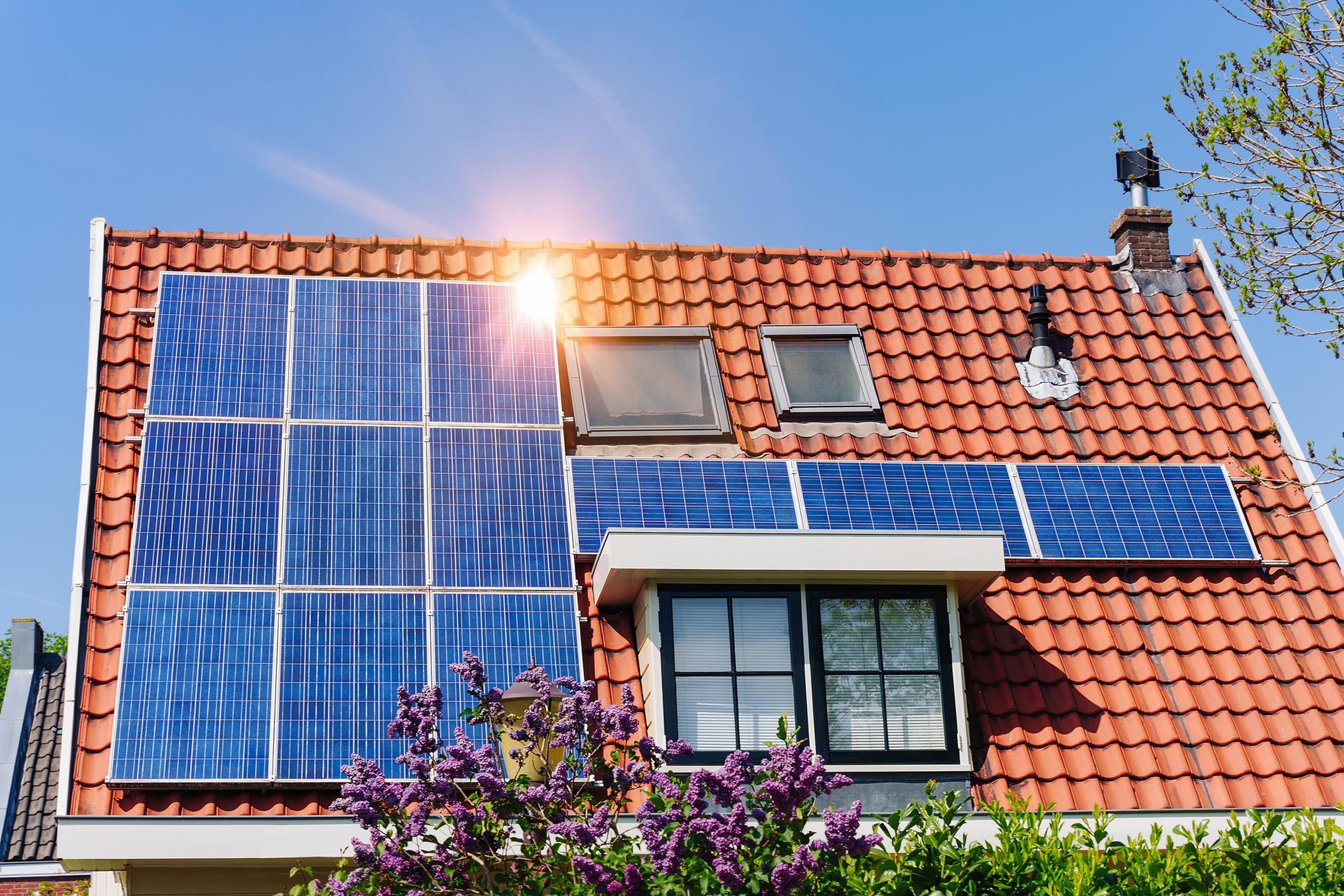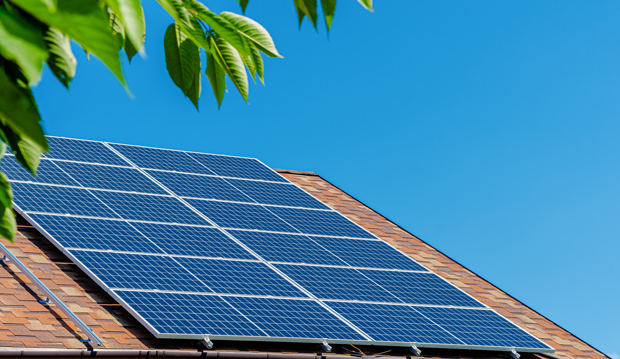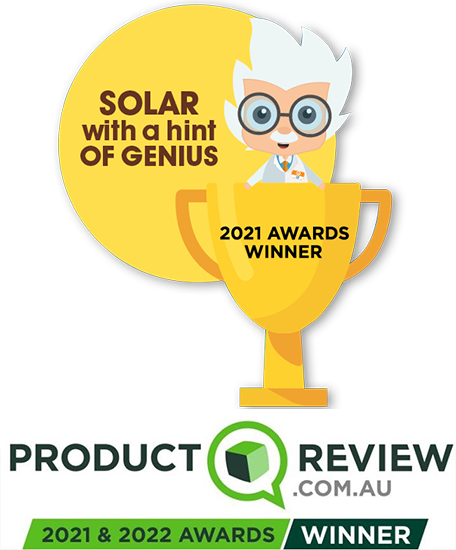What is the difference between Monocrystalline solar panels and Poly panels?

Solar power is, for all intents and purposes, an inexhaustible resource. People can rely on it for some or all of their power generation needs. If they wish to have enough solar panels, they can not only supply their own needs, but they can also generate excess power to sell back to the grid. Also, in the 21st century, there are multiple options when it comes to solar power generation.
Solar panels for your home aren’t that different than solar panels for commercial buildings. They function largely in the same way. There are two general categories of solar panels regardless of size: monocrystalline and polycrystalline.
Monocrystalline is the older of the two types. Despite this fact, these panels produce the highest power yields. Their conversion rate is between 18 and 25 per cent. These solar panels for your home are the most expensive, but because they are the most powerful, you need fewer of them.

Advantages of Monocrystalline Solar Panels
In addition to using less space because they are the most efficient solar panels, they also last the longest. Most monocrystalline solar panels in the market have a 25-year life expectancy. In most cases, they last far longer than that. They also have a lesser variance in performance in different temperature ranges than their polycrystalline counterparts.
Disadvantages of Monocrystalline Solar Panels
As stated, these monocrystalline solar panels are the most expensive choice. Otherwise, there is no disadvantage to using them over other types of solar panels.
Advantages of Polycrystalline Solar Panes
The only real advantage is that they cost less. With the new advances in monocrystalline solar panel construction, polycrystalline solar panels only produce roughly half of the power that monocrystalline solar panels generate.
Disadvantages of Polycrystalline Solar Panels
Despite producing half the power of monocrystalline solar panels, they are not half the size. Because they are twice as large and only produce half the power, their inefficiency is compounded. These panels also present a speckled look instead of a uniform look. That might not be to every homeowner’s fancy.
Figuring How Many of Each Model You Would Need
For purposes of this example, the “customer” in question lives in Brisbane. The example will be for the summer months, where Brisbane has 21 days per month with sunshine. During those days, the average hours of sunshine is eight. In a summer month, then, Brisbane gets, on average, 168 hours of sunshine. For ease of example, round 168 to 175. In Brisbane, the average electric bill is $1,600 annually, which equates to $133 per month. The rate per kilowatt-hour is roughly $0.25.
If a household of four uses 15,000 kWh annually, that breaks down to 41 kWh daily. Call it 40. The sun shines for eight hours a day in the wintertime. One 300-watt monocrystalline solar panel operating for eight hours a day provides 2.4 kWh. One would, therefore, need 16.7 solar panels to cover one’s daily power consumption. Because of sunshine fluctuation, one should have 18 solar panels.
The average price of a monocrystalline solar panel in Australia is $0.75 per watt, which comes out to $225 per solar panel. That means that 18 such solar panels would cost $4,050. At that rate, the solar panels would pay for themselves in a little more than two years. After that, a homeowner would have zero cost per month for electricity.
Polycrystalline solar panels cost $0.40 per watt, so a 300-watt panel would cost $120. To provide the 40 kWh of power necessary to run the average home of a family of four, one would need twice as many polycrystalline solar panels as one would need monocrystalline solar panels.
Get A Free 30-Minute Consultation
One sees the problem immediately. Unless one has enormous amounts of space, polycrystalline solar panels will not suffice when it comes to providing a home’s full electrical needs.
Thin film panels
There is a third kind of solar panel that makes sense only for commercial buildings: thin film. Thin film panels are half as efficient as polycrystalline solar panels. One needs so much available space that they are impractical for home use. They have the advantage of being the best looking solar panels. Businesses have the necessary extra roof space. The cost is roughly the same as for polycrystalline solar panels.
Thin film’s biggest advantage is that the panels are many times thinner than their crystalline counterparts. They are also easier to produce in large quantities than crystalline solar panels. Still, they are not readily available for the residential market in Australia yet.
Options if One Produces More Power Than One Uses
The first option is to install a household capacitor. These items are usually warrantied for a certain number of kilowatt-hours. Some will wear out after 18,000 kilowatt-hours, and some will last up to 30,000 or more kilowatt-hours. They are designed to be there on rainy or overcast days. Depending on the area, that might also include snowy days. The cost of such capacitors is usually between $8,000 and $12,000. With the efficiency of monocrystalline solar panels, however, one can make that up in roughly four years.
The second option is to sell the power back to the grid. As an example, the feed tariff in Brisbane is $0.07842 per kilowatt-hour. One can combine the two options, too, and sell some power back to the grid while socking some away in a household capacitor.
In other places in Australia, the rate one gets for selling power back to the grid varies greatly. In some places, people get back two-and-a-half times what customers in Brisbane get. It’s best to check the applicable websites to find the latest information.
In Conclusion
Solar power provides people with a viable, long-term option to generate their own electricity without relying on fossil fuels. The technology is also improving all the time. There will be other options in the future and more efficient forms of the current options than ever before. People interested in providing their own solar power should contact us at their earliest convenience.
Contact us for any type of Solar system packages, Solar power systems prices including 5.5kW Solar System , 6.6kW solar system , 10kW solar system and 20kW solar system.

